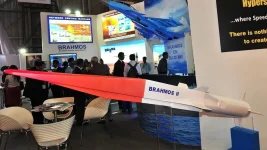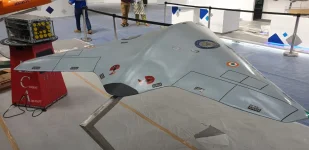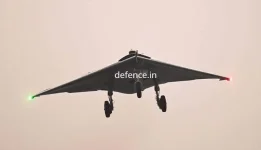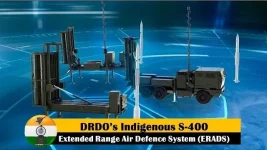- Views: 2K
- Replies: 4

India's Defence Research and Development Organisation (DRDO) is making strides in its pursuit of hypersonic missile technology, with Project Vishnu taking centre stage.
This endeavour, aimed at developing a state-of-the-art hypersonic cruise missile, has reached a critical juncture with the successful completion of scramjet engine tests and the commencement of research into advanced fuel tank technology.
The scramjet engine, the heart of the hypersonic missile, has been tested by DRDO at least three times, a significant accomplishment in itself. This engine's unique capability to enable mid-air manoeuvres at speeds exceeding Mach 5 poses a significant challenge to traditional air defence systems, making it a crucial asset in modern warfare.
Building on the groundwork laid by the Hypersonic Technology Demonstrator Vehicle (HSTDV), Project Vishnu is now focusing on the development of a next-generation fuel tank. This innovation aims to extend the missile's range and improve operational efficiency, highlighting DRDO's commitment to pushing the envelope of hypersonic technology.
Project Vishnu is envisioned to lead to the development of two variants of hypersonic missiles. The first, a surface-to-surface missile with an estimated range of 2,500 kilometers, could potentially be inducted into service as early as 2024-2025.
The second variant is expected to be a scramjet-based cruise vehicle, capable of mid-air maneuvers at speeds exceeding Mach 5, mounted on an IRBM/ICBM ballistic missile with a range of up to 2,000 kilometers. This unique combination would make the missile extremely difficult to track and intercept by conventional air defence systems.
The development of these hypersonic cruise missiles marks a pivotal moment in India's defence capabilities. Their unparalleled speed and maneuverability will significantly enhance the country's deterrence capabilities in an increasingly complex geopolitical landscape.
While India is making significant strides in hypersonic technology, it's worth noting that other nations are also actively pursuing similar capabilities. Notably, China has already developed and deployed the DF-17, a hypersonic glide vehicle-armed medium-range ballistic missile. India's Project Vishnu is thus a crucial step in maintaining its strategic deterrence and ensuring its security in an increasingly complex geopolitical landscape.





